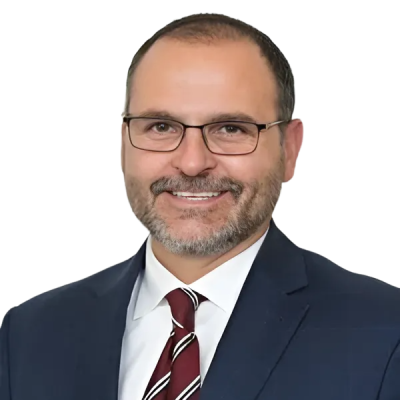 Even though certain occupations might more readily lend themselves to accidents, any worker in any environment can be hurt on the job. From a devastating construction accident like a trench collapse to an injury more likely in an office setting like repetitive stress syndrome, workers across California are nearly always at risk.
Even though certain occupations might more readily lend themselves to accidents, any worker in any environment can be hurt on the job. From a devastating construction accident like a trench collapse to an injury more likely in an office setting like repetitive stress syndrome, workers across California are nearly always at risk.
Unfortunately, workplace accidents and injuries are so commonplace that people often develop misconceptions about them – how they are caused, how they can be prevented, who’s to blame. The goal should be to identify damaged thinking and old procedures so managers and supervisors can course-correct to keep workers safe. Here are three common myths about workplace injuries:
- It is impossible to create a hazard-free workplace: Many people accept this statement as truth and simply stop trying to create a hazard-free workplace. While this is a lofty goal, it might be attainable under the right circumstances. Between identifying dangers, removing toxins, educating employees and providing the proper safety gear, creating a safe working environment is a constant struggle requiring participation from everyone at all levels. Unfortunately, it is not uncommon for supervisors to become overwhelmed by the cost and effort involved.
- A truly safe working environment takes too much time and money: While it certainly costs money to build the right environment and culture of safety, the cost-benefit analysis almost always lands on the side of a safe workplace. From injured worker medical bills to the cost of hiring and training a replacement for a worker in recovery, those in charge of a workplace should not give up on the goal of a safe environment simply because it costs too much on the surface.
- Accidents will just happen, regardless: Some people rely on the definition of the word “accident” and take some comfort in the fact they are unpreventable. Unfortunately, this is more of an excuse than a reason. While some high-risk occupations might be more likely to see injured workers, both workers and supervisors have a great deal of control over a safe environment.
It is critical to remember that safety is a word of action. Workers aren’t “safe” as simply a passive default state. Workplace safety must be actively managed with ongoing training, continuous assessment of safety protocols and upgrading to new personal protective gear when appropriate. If you were injured in a workplace accident, it is wise to discuss your situation with a skilled workers’ compensation attorney as soon as possible.







